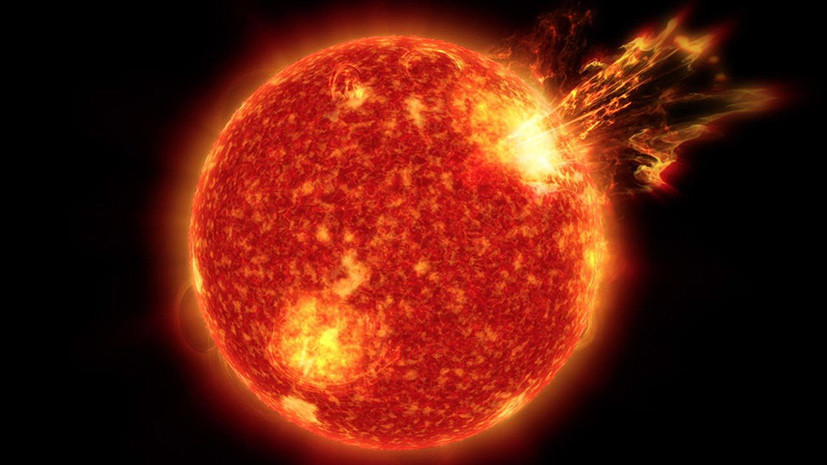Stars form in giant clouds of dust and gas, the mass of which is hundreds of thousands of times greater than the sun. At the same time, most of the luminaries are born in pairs - at a distance of 500 astronomical units (about 75 billion km) from each other. According to expert estimates, up to 85% of all stars are in binary, and perhaps even in triple or quadruple systems. Given this, scientists have always thought it strange that the sun does not have a pair. Astronomers believed that our star used to have it, however, due to the enormous size, the binary system disintegrated.
In a new study, astronomers from the Institute of Astrophysics and Space Sciences in Portugal, using the latest methods and the latest data from the Gaia space telescope, found the “twin” of the Sun - a yellow dwarf HD 186302 located 184 light years away from Earth. The new star is slightly larger than the luminary of the Earth, belongs to the spectral class G, has about the same luminosity, surface temperature and even chemical composition. According to the calculations of researchers, HD 186302 was born about 4.5 billion years ago - almost simultaneously with the Sun.
“Since we have little information about the past of the Sun, then the study of its“ twin ”will help to understand in which area of the Galaxy and under what conditions it was formed,” said study author Vardan Adibekyan.
Scientists also noted that the similarity of HD 186302 with the Sun gives hope for the existence of earth-like planets in the vicinity of a new star. Moreover, according to some theoretical calculations, life could spread to Earth and, possibly, to other planets during the period of late heavy bombardment - a period in the history of the Universe that took place 4.1-3.8 billion years ago. It is assumed that during this time meteorites falling on the planets brought with them water and organic compounds.
“If we are lucky, and in the habitable area of HD 186302 we can find stony exoplanets, and even with traces of life brought to them, then our long-term dream will come true - we will have Earth 2.0 revolving around the Sun 2.0,” said Adibekyan.

